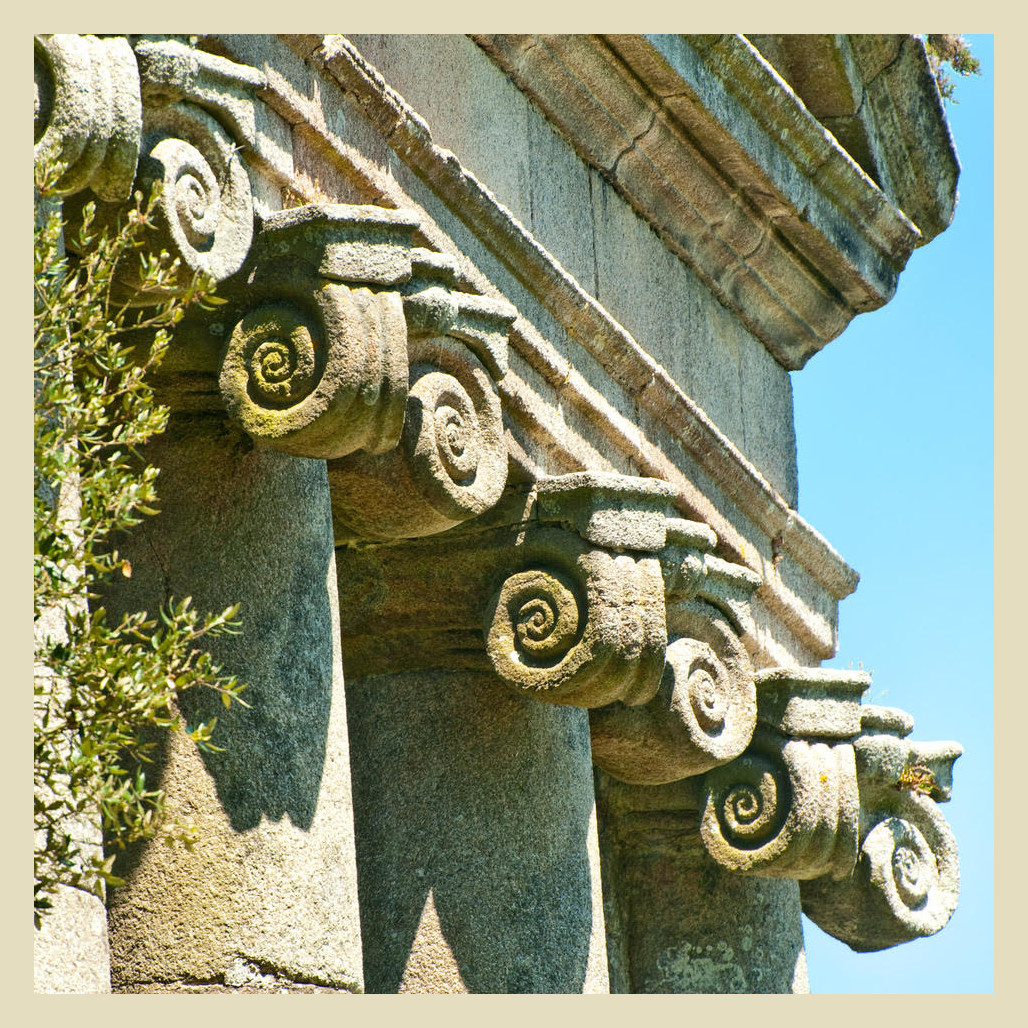A newspaper article printed in the West Briton on 25 June 1847 gives a glimpse into life in and around Carclew during the mid Nineteenth Century
Cricket at Carclew
A number of young men connected with the Perran Foundry having formed a cricket club, obtained permission to play in Sir Charles Lemon’s park at Carclew, on condition that one of them should become responsible for the good conduct of the rest of the party. Last week, however, the gamekeeper discovered a line stretched across a part of the fish-pond, to which was attached about a dozen and a half hooks. Having mentioned this to Mr. Booth, he was told to watch the pond with a number of men and on Saturday evening last, the young man who had offered to become responsible for the good conduct of the rest, was seen with another young man in the act of taking the line out of the water. The other members of the club are of course very sorry for this event, and hope it will not occasion Sir Charles to withdraw his kind permission for them to play in the park.
This article was reprinted and included in a book of extracts from the West Briton Newspaper called ‘Life In Cornwall in the Mid Nineteenth Century being extract from the West Briton Newspaper in the Two Decades from 1835 to 1854’ edited by R. M. Barton. (D. Bradford Barton Ltd Truro)
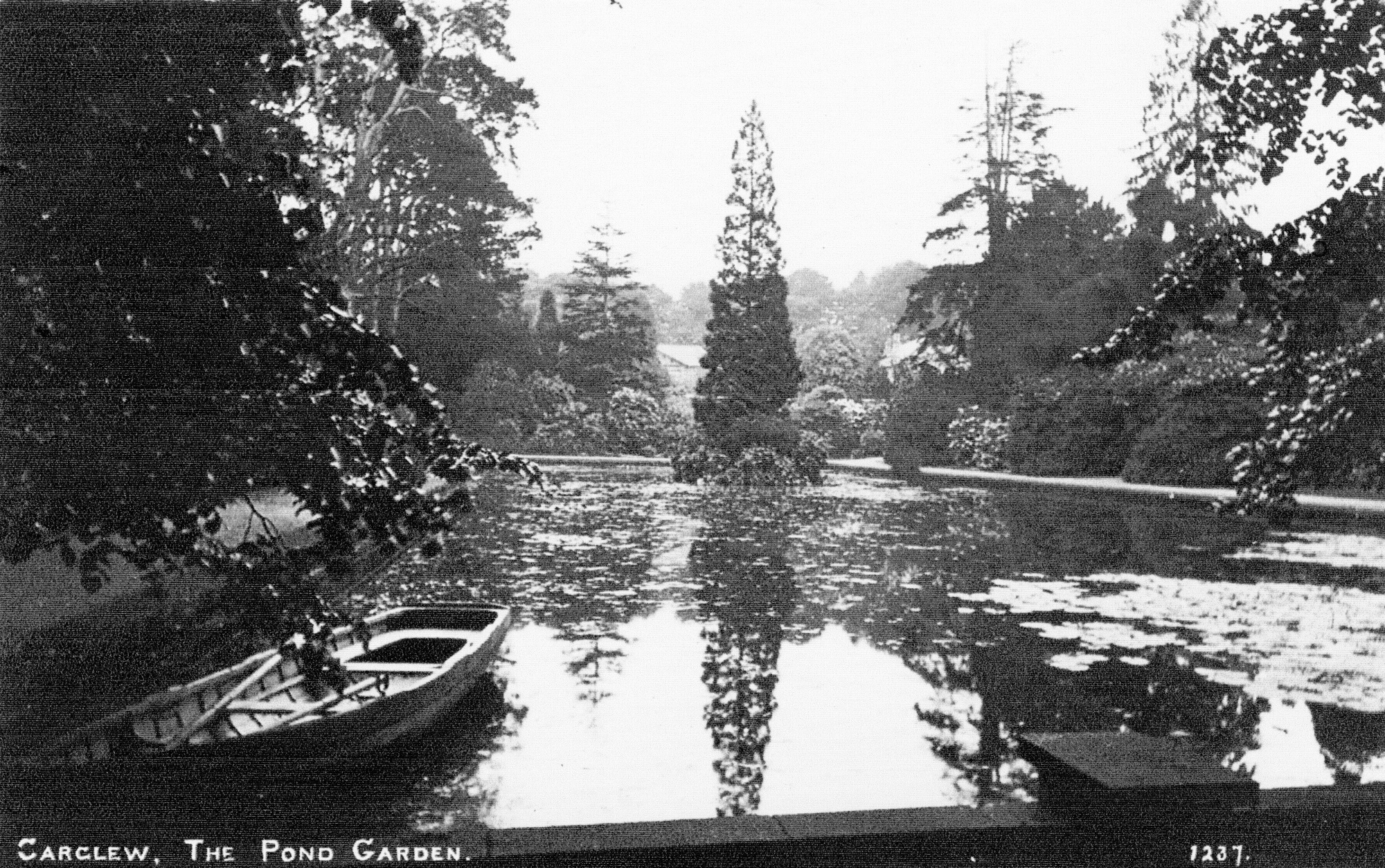
Perran Foundry was a significant employer in the area, on the edge of the Carclew lands supplying metal work for the running of the estate, but most famously supplying the equipment needed by the mining industry, which earned its recognition as a World Heritage Site today.
Mr. William Beatie Booth was the Steward (estate manager) at Carclew. He was employed in this post because of his exceptional knowledge and passion as a horticulturist. Sir Charles Lemon was more than just a keen horticulturist; he sponsored Hooker of Kew Gardens in his explorations across the world as a plant collector. Mr. Booth went on to take the post at Lanhydrock, near Bodmin, to develop the gardens there.
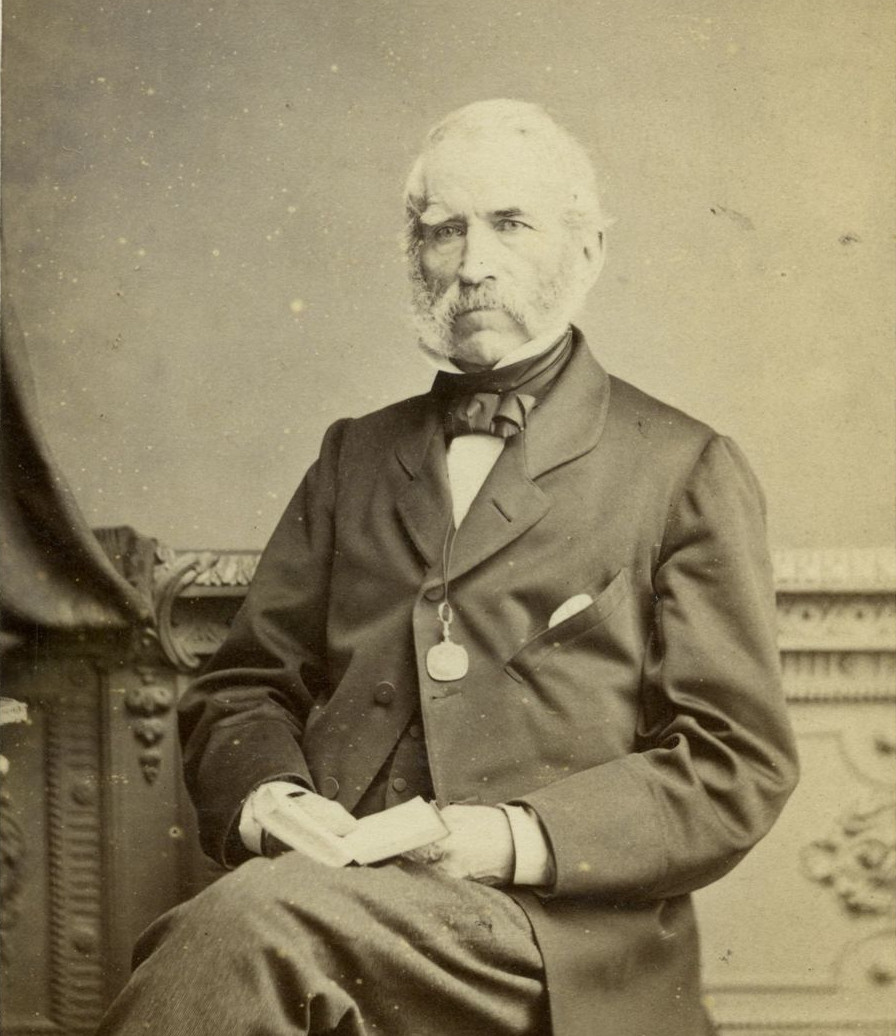
And as for cricket at Carclew? This incident didn’t seem to stop the local community continuing to share the grounds of Carclew. Sporting practices and fixtures continued to be hosted by the estate for many years.
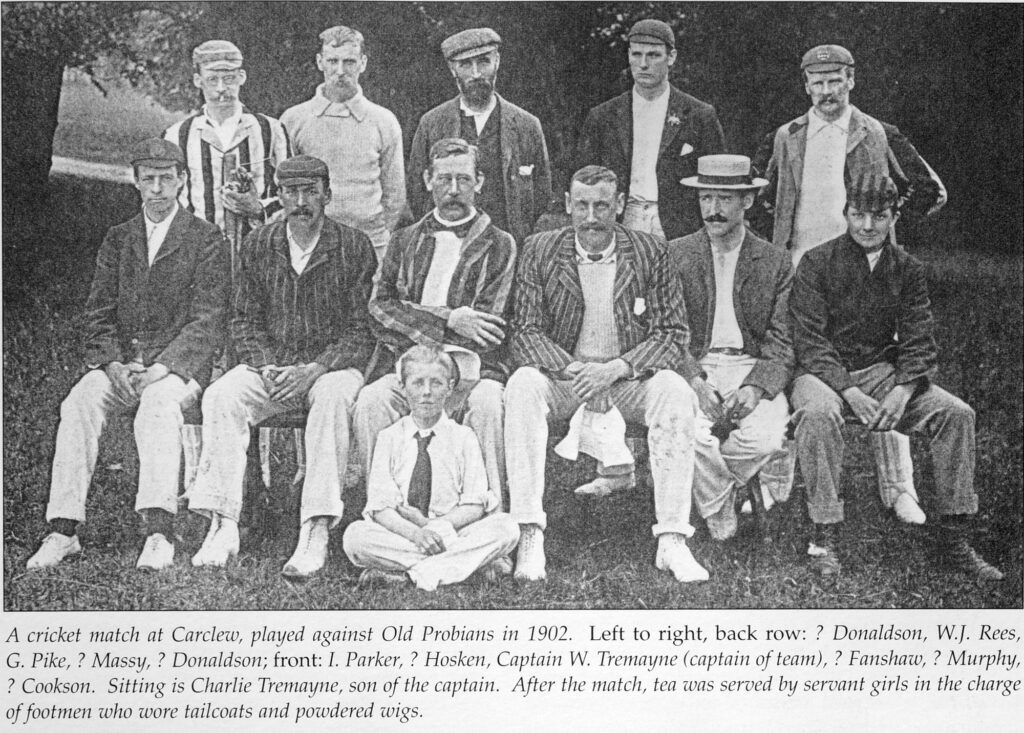
Left to right, back row: ? Donaldson, W.J. Rees, G. Pike, ? Massy, ? Donaldson
Front: I. Parker, ? Hosken, Captain W. Tremayne (captain of team), ? Fanshaw, ? Murphy, ? Cookson
Sitting is Charlie Tremayne, son of the captain. After the match, tea was served by servant girls in the charge of footmen who wore tailcoats and powdered wigs, source – Book of Mylor
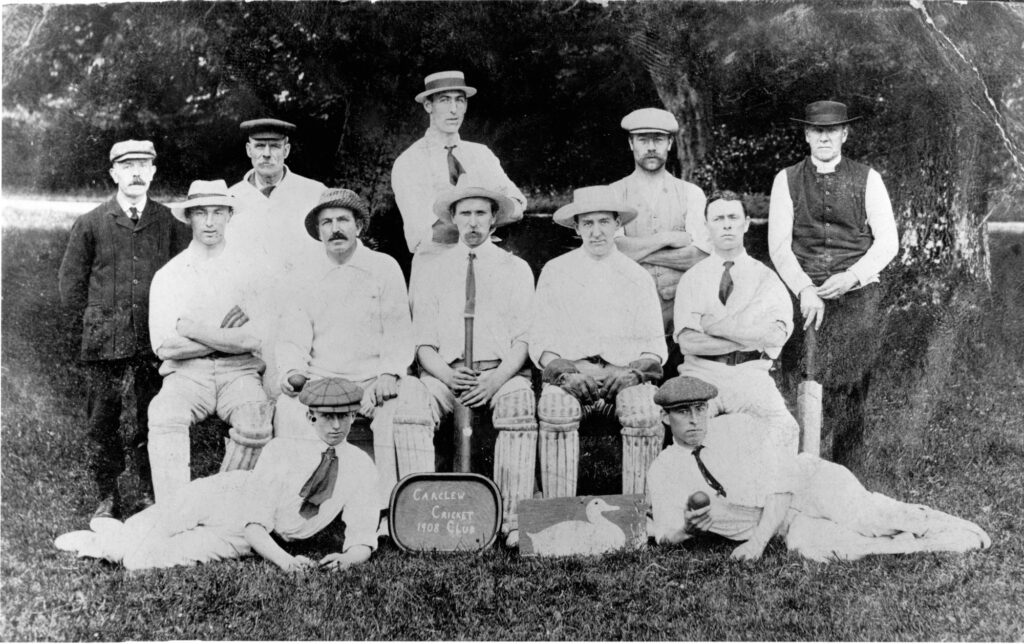
Back row – left to right – W. Chance (lay reader – scorer), Ferris or Lewarne?, Henry “Ad” Pike, Charlie Thomas (mason), Vicar of Perran-ar-Worthal
Middle row – left to right – “Shock” Pike, Joe Row (father of present black smith – 1976), Harry Moore (school master), Alfie Johns
Front row – left to right – Frank Bidgood (Under Chauffer), Hugh Lawrence (of Canara Farm)
We are interested to hear your stories about life on the Carclew estate. Please do Contact Us.
